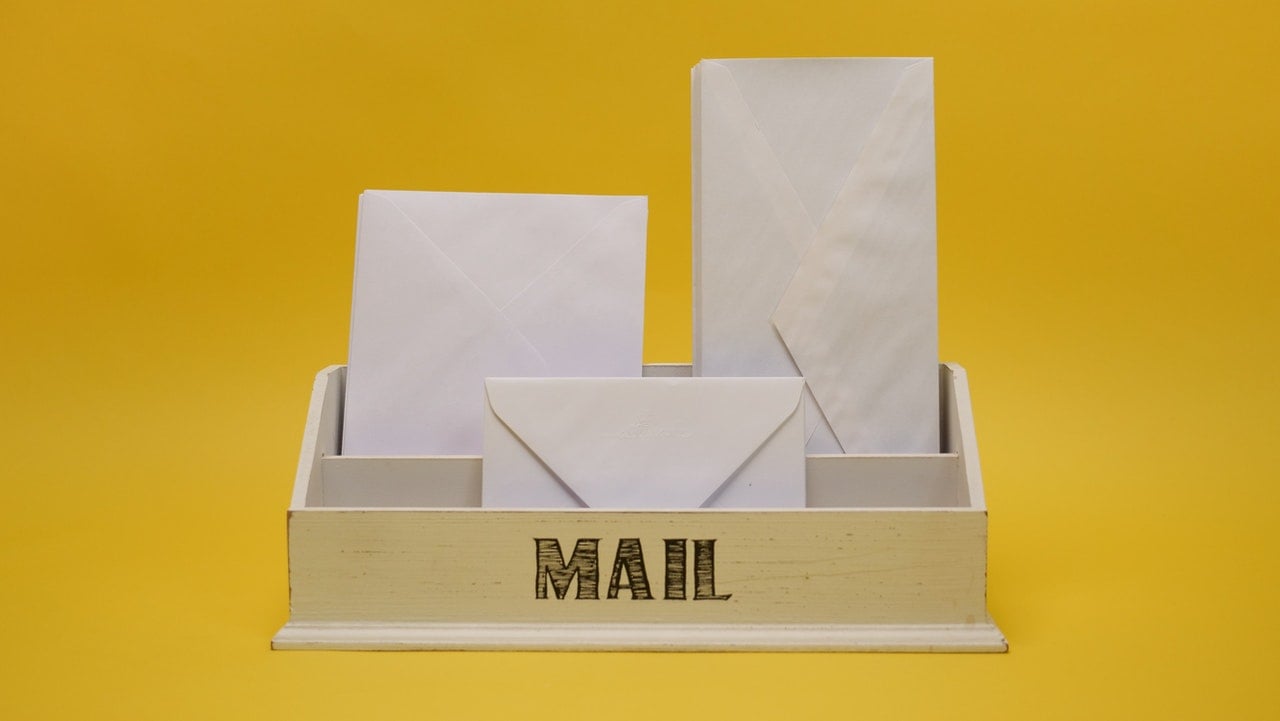Developing a mobile app does not immediately mean financial success. To generate revenue, you need the right strategy and a well-thought-out business model. An idea itself is not enough to monetize an app. It is equally important to take consistent actions that will encourage app users to spend. Who wouldn't want to effectively reach the audience and earn at the same time. In this article, we will take a look at the known ways of monetizing mobile apps and discuss their impact on financial revenue.
Table of Contents:
1. How to start mobile app monetization?
1.1. What is the most important in app monetization models?
1.2. How to make your app monetization method profitable?
2. Examples of app monetization models (Best app monetization strategies).
2.7. Sponsors and Partnerships.
How to start mobile app monetization?
Building a mobile app is just the first milestone - turning it into a profitable product is what defines real success. Before you plan your revenue streams, it’s worth understanding how the market behaves today. Data shows that over 90% of iOS users and nearly 95% of Android users prefer free apps, which means monetization must be subtle, value-driven, and integrated with the user experience - not forced on top of it.
The key challenge is clear: users are willing to pay only when they see tangible benefits. Whether through access to premium features, an ad-free experience, or exclusive content, every monetization model should start with one principle - deliver visible value first, then ask for payment.
Effective monetization doesn’t happen by chance. It requires a strategic approach that connects user satisfaction, clear communication, and business goals. Companies that balance these elements early in development see higher retention, better reviews, and faster ROI once the app hits the market.
What Matters Most in App Monetization Models?
The foundation of every successful app monetization model lies in understanding user behavior. Users don’t fund apps out of habit - they do it when the experience creates enough perceived value to justify the cost.
That’s why user experience (UX) is not just a design topic - it’s a business driver. Every click, screen, and loading time affects the user’s willingness to pay, renew a subscription, or make an in-app purchase. According to research by Statista and AppsFlyer, apps that continuously optimize UX see up to 25–30% higher conversion rates in paid tiers compared to those that don’t.
Monitoring engagement, churn, and in-app behavior provides real signals about where monetization opportunities appear naturally. Instead of pushing users toward payment, effective apps guide them - showing the right feature, benefit, or upgrade at the right time.
In short, the most profitable monetization models are built around three principles:
-
Deliver real, measurable value - users must feel improvement, convenience, or access they can’t get elsewhere.
-
Keep satisfaction high - poor UX or too many ads instantly erode conversion.
-
Test and adapt continuously - the best monetization strategy evolves with data, not assumptions.
When the user’s satisfaction and business goals align, monetization stops feeling like a sales mechanism - and becomes a natural extension of product value.
How to make your app monetization method profitable?
Turning your monetization model into a consistent revenue stream requires more than just picking one approach - it’s about continuous optimization based on data.
Start by defining what “profitability” means for your app. For subscription-based apps, this might be retention and renewal rate; for freemium models - conversion from free to paid users; and for in-app purchases - average revenue per user (ARPU).
Tracking these metrics over time reveals where the app earns - and where it leaks potential profit.
Hybrid models often perform best because they diversify revenue and adapt to different user segments. A streaming app might combine subscriptions with microtransactions, while a productivity app may blend ads with premium upgrades.
What separates profitable apps from the rest is a commitment to testing and iteration:
-
A/B testing pricing tiers and paywalls,
-
analyzing churn reasons,
-
refining the user journey to minimize friction before purchase.
With millions of apps competing for attention, profitability comes down to precision - knowing who your users are, what they value, and how to align the monetization path with their natural behavior.
A profitable model isn’t static. It’s a living process of aligning product experience, marketing, and data-driven insight into one growth loop.
Examples of app monetization models (Best app monetization strategies)
There’s no single formula for mobile app monetization - but the most successful products combine user experience with diversified revenue streams. Below are the models that dominate the market in 2025, along with practical insights into how to make each one profitable.
In-app purchases
Still one of the most powerful app monetization methods - especially in gaming, lifestyle, and fitness apps.
Users download a free app but pay for extra features, content, or digital goods.
Best practice:
-
Keep core functionality free to attract users, then offer clear, value-driven upgrades.
-
Use behavioral data to personalize purchase suggestions (e.g., offer bundles or time-limited boosts).
When well-balanced, in-app purchases can generate up to 60% of total mobile app revenue, according to Statista 2025.

Subscription apps
Subscriptions are the backbone of many SaaS and content-based apps. Users commit to recurring payments for ongoing value - from media streaming (Spotify, Netflix) to productivity tools (Notion, Figma).
Best practice:
-
Offer a free trial period to reduce friction.
-
Use tiered pricing to serve different user groups.
-
Communicate continuous product improvements to justify renewals.
Many companies boost retention by adding AI personalization - for instance, tailoring workout plans or content feeds to user preferences.
Freemium
The freemium model acts as a conversion funnel - letting users experience your app before upgrading to premium. Dropbox and Canva remain iconic examples: users start free, but added features unlock higher productivity.
Best practice:
-
Showcase premium benefits early (within the first 3 user sessions).
-
Use soft paywalls, not hard barriers, to avoid frustration.
-
Optimize the upgrade journey through A/B testing.
Hybrid freemium + subscription models are trending, especially in wellness and education apps.
Pay-Per-Download
Once dominant, now niche - but still relevant for B2B or high-value apps where quality and reliability justify an upfront cost.
Best practice:
-
Strengthen brand authority and reviews before launch.
-
Communicate ROI-driven benefits (e.g., time savings, exclusive features).
-
Combine with optional upgrades or in-app purchases post-download.
Users today expect to “try before they buy,” so paid apps must deliver exceptional first impressions.
In-app advertising
One of the most common yet most misused monetization strategies. Ads can fund free apps effectively - if they respect the user experience.
Best practice:
-
Choose native, contextual ads that blend naturally with content.
-
Limit interruptions - reward-based ads perform up to 3× better than forced pop-ups.
-
Test placements and frequency continuously.
Too many ads can quickly drive users away. The key is balancebetween revenue and retention.
Mailing list
While often overlooked, building a mailing list remains one of the most profitable long-term channels.
It lets you own the relationship with your audience - independent of app stores or algorithms.
Best practice:
-
Offer exclusive content or perks for subscribers.
-
Automate segmentation for personalized offers.
-
Combine CRM data with in-app behavior to improve targeting.
This approach strengthens lifetime value (LTV) and supports other monetization channels.

Sponsors and Partnerships
Collaborative monetization through strategic partnerships is growing rapidly in 2025 - especially among niche or B2B apps. Brands with aligned audiences co-promote products, share data insights, or create sponsored in-app events.
Best practice:
-
Choose partners with complementary, not competing services.
-
Use cross-promotion campaigns or white-label integrations.
-
Measure success through referral-based revenue and engagement lift.
This model works particularly well in fitness, travel, and FoodTech - industries where trust and cross-brand synergy boost adoption.
Summary
It is difficult to point out clearly the solution that will make your app start generating big profits. For this reason, you should do proper research beforehand. In order to generate as much revenue as possible, it is worth considering several app monetization methods implemented at the same time. Looking at your competitors and their practices can be useful. Providing a better user experience can help migrate between mobile apps in your favor. Don't treat app monetization strategy as a side issue. It is a very important aspect that not only affects the finances of the business, but also its growth.
Want to find out which solution will bring you more orders and higher margins? Schedule a free consultation with our team.

%20(1)%20(2)%20(1).jpg)


